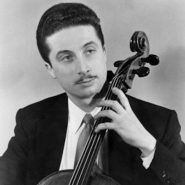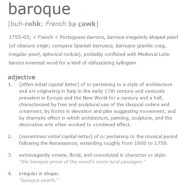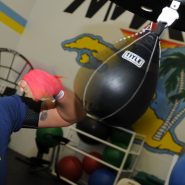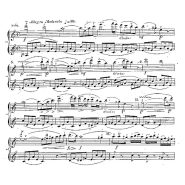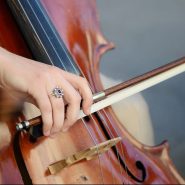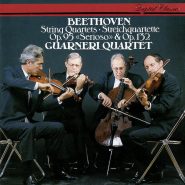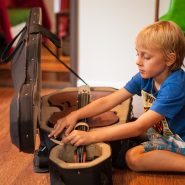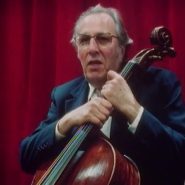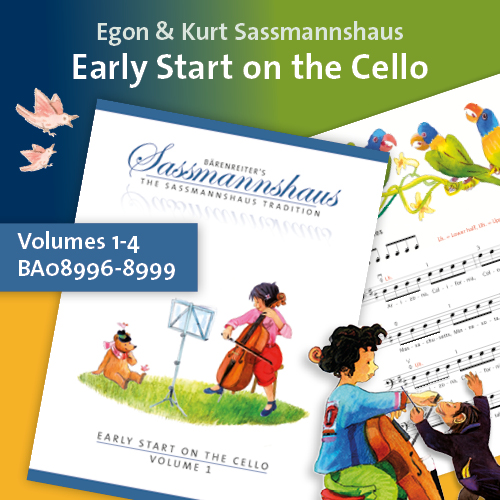Tag: cellobello
By Blogmaster January 22, 2015
Subjects Competition, News
Tags 2017, Belgium, Brussels, cellobello, CelloBlog, Competition
By Blogmaster January 10, 2015
By Guy Fishman December 14, 2014
Subjects Baroque, Historical
By Jonathan Thomson December 9, 2014
Subjects Practicing
Tags cellobello, CelloBlog, Jonathan Thomson, Practice, rules, sports
By Guy Fishman December 1, 2014
Subjects Baroque, Historical
Tags Baroque, cellobello, CelloBlog, Grout, Guy Fishman, history, Michaelangelo, Stolba, Textbooks, Western Music
By Guy Fishman November 24, 2014
Subjects Baroque, Historical
Tags arm vibrato, Baroque, bow, bow vibrato, cellobello, CelloBlog, finger vibrato, Flesch, Guy Fishman, Haydn, vibrato
By Barbara Bogatin November 6, 2014
Subjects Practicing
By Jonathan Thomson October 31, 2014
Subjects Practicing
Tags cello, cellobello, CelloBlog, Jonathan Thomson, Practice, sports, training
By Guy Fishman September 29, 2014
Subjects Baroque, Historical
Tags Baroque, cello, cellobello, gut strings, Guy Fishman, Tim Janoff
By Selma Gokcen May 6, 2014
Subjects Playing Healthy
By Selma Gokcen March 10, 2014
Subjects Playing Healthy
Tags accuracy, activity, Alexander Technique, cello, cellobello, conditioning, conservatory, Coordination, delivery, F.M. Alexander, Gokcen, habit, hours of practicing, necessity, Practice Room, Primary Control, relentless repetitive motions, repetition, results, Selma, the Use of the Self, young instrumentalists
By Arnold Steinhardt March 4, 2014
Subjects Artists
Tags Arnold, beauty of phrasing, career, cello, cellobello, David Soyer, Guarneri String Quartet, In the Key of Strawberry, incisiveness, intelligence, Italy, Jacqueline du Pré, Marlboro Music Festival, memories, memory-inducing objects, musical world, obituary, Peter Wiley, posters, remembrance, Spoleto, Steinhardt, string quartet, students, teacher
By Martha Baldwin March 3, 2014
Subjects Practicing
By Arnold Steinhardt February 24, 2014
Subjects Artists
Tags Arnold, Arnold Steinhardt, artist, bold, bow control, Brahms B Major piano trio, cellist, cello, cellobello, David, David Soyer, distinctive, Ford Honors, Ford Motor Company, Guarneri String Quartet, historian, impeccable intonation, John Dalley, Marlboro Music School, Michael Tree, music, musicians, Soyer, Steinhardt, Style, Touring, Travel, tribute, University of Michigan, writer

